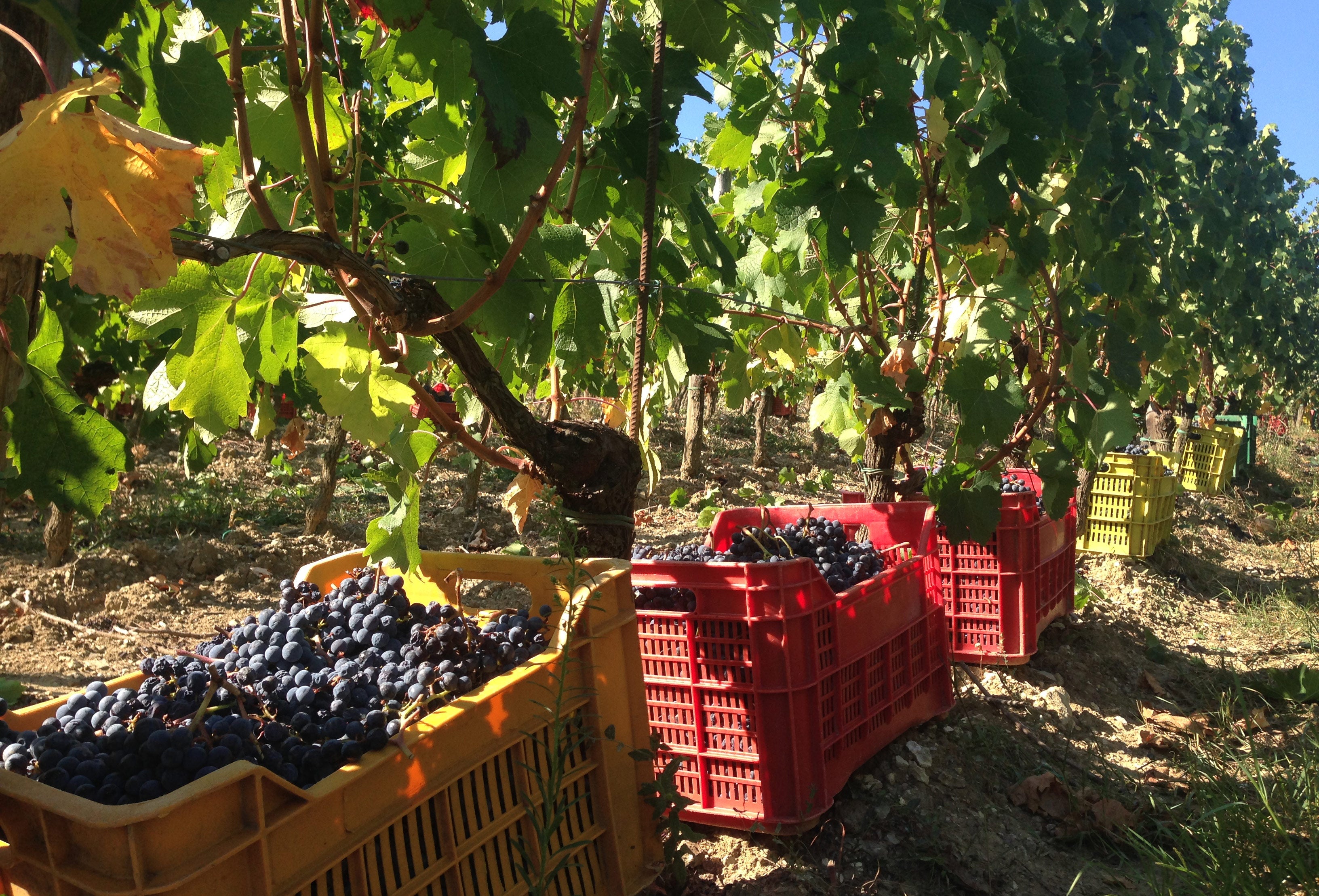
Italian Vintage Report – 2017
In keeping with the trend of recent vintages, vintage 2017 presented challenges to producers throughout the entire Italian Peninsula due to abnormal and often extreme climatic conditions. The difficulties encountered had an impact above all on yields – 2017 is the second lowest-yielding vintage in Italy since the Second World War. Every Italian region, with the exception of Campania (which registered a 5% increase on 2016), produced lower yields than the previous vintage, in some cases more than 30% less. Aside from any considerations of the quality of vintage 2017, the low yields registered will likely result in higher wine prices.
From north to south, the beginning of winter brought with it mild conditions and temperatures well above seasonal averages with little or no rainfall. The abnormally mild temperatures and drought conditions persisted throughout the winter months. In late winter, a record snow fall in Abruzzo provided a much needed supply of water – soils in the region had been literally parched after the severe drought of the previous summer and the lack of rain during the following winter. The prolonged mild weather throughout the Italian Peninsula caused an unusually early bud burst. A severe cold snap with heavy frosts hit in late April, with young vine buds from north to south-central Italy literally burnt by the severe cold. Those affected vineyards never recovered – one of the factors contributing to the low yields of 2017. The damage was confined mainly to low-lying vineyard sites in valley floors where the coldest air accumulates; hillside vineyards were largely spared from any frost damage. All regions from north to central Italy suffered crop losses as a result of this late winter freeze. Some producers in the Montefalco area of Umbria reported losing their entire crop
In early spring, some rain fell in the northern regions, with a brief but violent localised hailstorm creating some damage. Barbaresco was one of the zones that suffered hail damage. As spring set in, temperatures began to rise above annual averages. This trend continued into summer, with the extreme heat conditions exacerbated by a lack of rainfall, creating a worrying condition of hydric stress in many vineyards. Irrigation, where possible, proved to be a godsend.
The prolonged and abnormally high heat throughout spring and summer caused all the phases of the vine's annual cycle – bud burst, fruit set, veraison and harvest – to occur ahead of time. The benefit of the prolonged warm, dry conditions in 2017 was that throughout Italy’s vineyards outbreaks of fungal disease – peronospora, oidium and grey rot – were by and large minimal. The exception was in Valle d’Aosta, where conditions favoured the outbreak of Oidium. Reeling from significant hail damage in early summer, combined with the crop loss caused by spring frosts, the region lost more than 30% of its annual average grape harvest.
In the period immediately prior to harvest, Italy’s vineyards were by and large in a general state of heat and drought stress; vines carried fewer bunches, and berries were at the point of shrivelling. In addition to crop losses due to spring frosts and hail damage, a further contributing factor to the abnormally low yields was that grape berries were smaller and contained significantly less juice than normal.
Grape growers were preparing for the worst leading up to harvest when the weather offered some clemency. Temperatures cooled and just enough rain began to fall. Vineyards were refreshed, and vines kicked back to life with the necessary vigour to ensure grape berries would best complete the final but critical phase of ripening prior to harvest.
The consensus at the completion of harvest 2017 is that despite the climatic difficulties and the ensuing losses in yield, the grapes harvested were in an excellent state of health and of generally very good quality, in some instances exceptional. White wines from 2017 will have good alcohol levels and structure. In those regions where the heat was less extreme, the wines produced will also have good fragrance and aromatics. In Friuli, Friulano, Sauvignon and Pinot Grigio are showing very good promise, as are whites in parts of the south where the hot weather was compensated by altitude, such as on Etna, in Sicily. Red wines are showing good body, alcohol and phenolic content. As with white wines, those areas that suffered less heat – the north in general, and the higher vineyards in Tuscany and southern regions – the wines promise to have very good aromatics and fragrance. There will also potentially be some very good ageing wines.
- Category:
- Italian wine,
- Vintage Report,
- Wine
